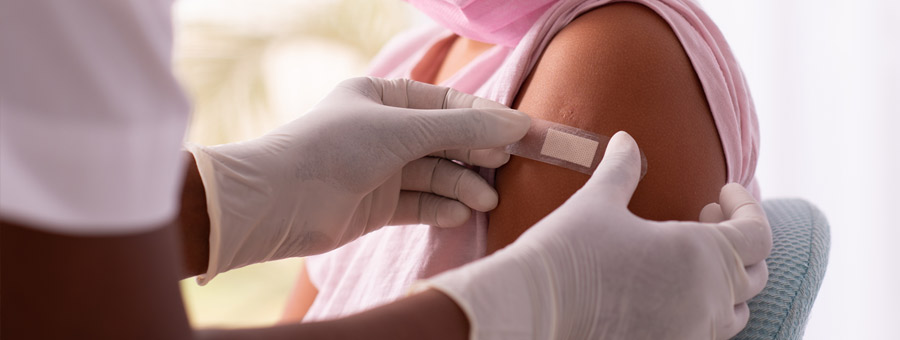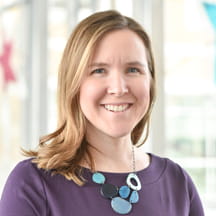In the United States, we are beginning to understand the devastating disparities in health care and health outcomes in adult and pediatric populations. Following an extensive review of existing literature, the American Academy of Pediatrics published a technical report in 2019 that outlined how prominent disparities in pediatric outcomes are widespread across the spectrum of health care. This included disparities in access to care, prevention, health status, chronic disease, special health care needs, quality of care and mortality.
Our journey toward understanding disparities is similar to our safety journey. Years ago, we began to challenge how we defined quality of care, led by seminal publications like “To Err Is Human” and “Crossing the Quality Chasm” from the Institute of Medicine. We began to embrace the idea that we can unintentionally play a role in harm events.
It started with addressing medical errors and taking accountability for harm events, such as hospital-acquired conditions (HACs). At first, HACs seemed unavoidable. If you needed surgery, surgical site infection was a risk, and we didn’t know how to prevent harm. But then we began to embrace systems thinking, best practices, measurements and accountability. Now, our structures around safety are robust, grounded in safety science, and they are working slowly but surely as we drive toward zero harm.
Our response to addressing inequity in health care has been like our initial response to the challenge of delivering safe care. Addressing inequities is a large and complex challenge that on the surface feels impossible. But children’s hospitals and health systems are one crucial piece to addressing the issue. Each suboptimal outcome that results from a patient’s race, gender identity, primary language or disability is a harm event. Why not count those events rooted in disparities and drive them to zero as an institutional campaign just like we do with other harm events, like falls and central line infections?
At Children’s Minnesota, we are now doing that. As a starting point, we created an equity dashboard similar to a standard safety dashboard to measure the gaps that have the greatest effect on our patient families. After reviewing nearly 60 potential metrics, we chose four with the most significant gaps: delivery of childhood vaccinations (COMBO-10 vaccines); missed or no-show appointments; measure related to procedural pain management; and the rate of well-controlled asthma. It’s important to remember the real-life implications of these gaps.
'Why not count those events rooted in disparities and drive them to zero as an institutional campaign just like we do with other harm events?'
Having experienced measles outbreaks in Minnesota, we understand firsthand the devastating impact of the 43% disparity we found in up-to-date childhood vaccinations between our white patients and our Black patients.
Systematically tracking and sharing health equity outcomes in these areas is a small piece of the substantial work ahead to bridge the alarming gaps we see. This work must begin with educating ourselves, uncovering bias, and taking accountability for the role we all play in upholding these systems. We must be transparent about our shortcomings as health care institutions. Only when we acknowledge the problem can we begin to address it. We have each taken an oath to “first do no harm.” We must now live up to it.







